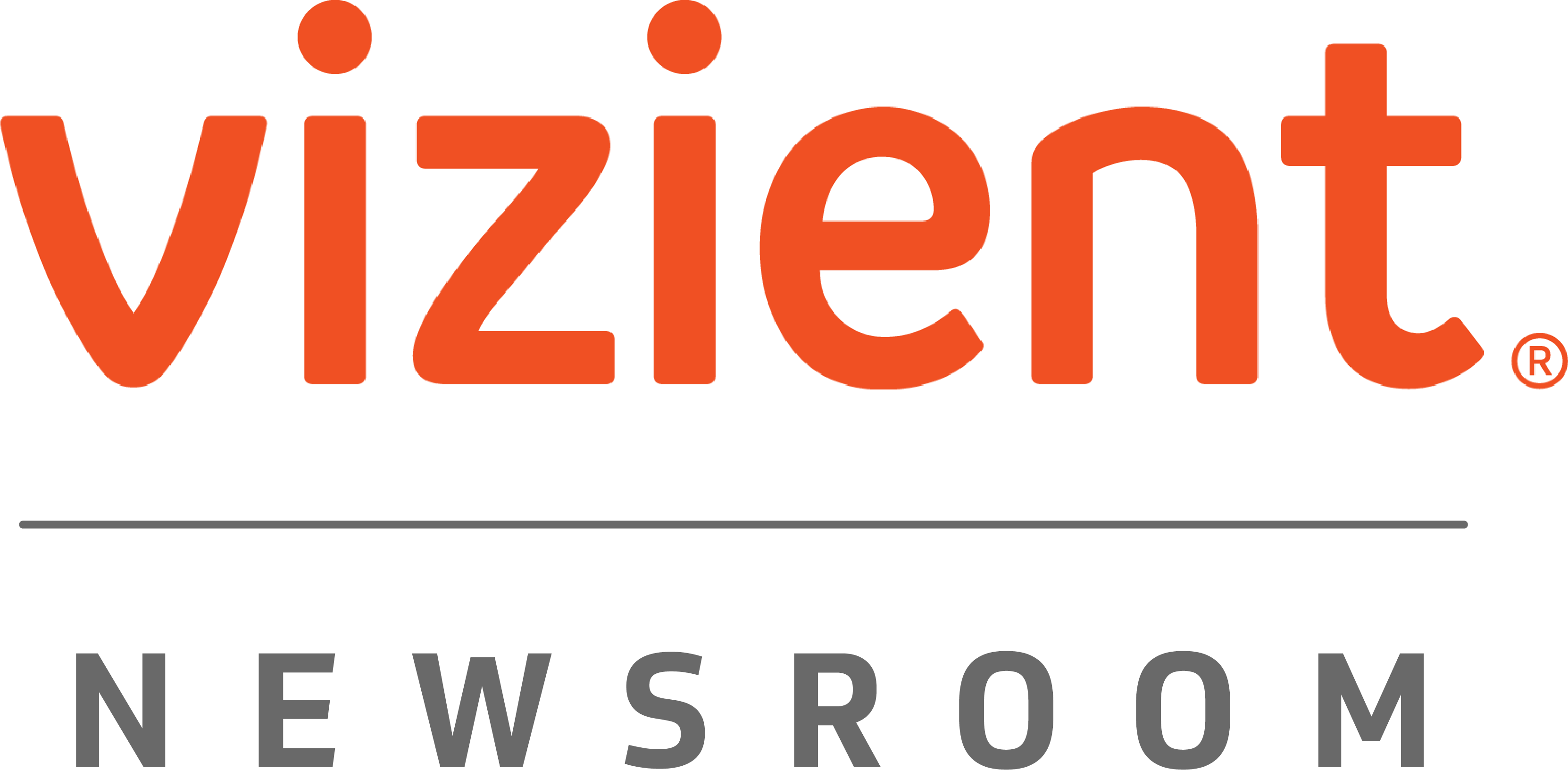|
•
|
The health care industry was one of the industries that the pandemic hit the hardest, requiring a massive shift towards telemedicine for patient care. Vizient, and its subsidiary Sg2® recently released a forecast that projects a rapid recovery of volume for most health care services, followed by a significant shift in the delivery of health care services. Read more via Journal of Healthcare Contracting
|
|
•
|
Safe & Reliable Healthcare announced an integrated high reliability offering with Vizient that helps health care organizations deliver consistently safer patient care across the continuum. The partnership integrates Safe & Reliable’s robust culture and employee engagement data with Vizient’s comprehensive clinical quality and operations data, building on the capabilities of both organizations and allowing customers to break down data silos to achieve full data integration and deeper insights to accelerate improvement. Read more via HR Tech Series
|
|
•
|
U.S. hospitals spend an estimated $310 million annually on managing “white bagging” and “brown bagging” requirements for specialty pharmaceuticals. Read more via Becker’s Hospital Review
|
|
•
|
The resurgence of COVID-19 because of the Delta variant has led to significant imbalances in the supply and demand of commonly used medications for hospitalized patients, including tocilizumab, dexamethasone, baricitinib and remdesivir. According to a report from Vizient, the average demand for these medications has dramatically increased over recent months, whereas fill rates for hospital orders have decreased. Read more via Pharmacy Times
|
|
•
|
The CMS Qualified Entity (QE) Program (also known as the Medicare Data Sharing for Performance Measurement Program) enables certified organizations to receive Medicare claims data under Parts A, B and D for use in evaluating provider performance. Only 33 organizations are QEs and of those, only 17 including Vizient, have access to nationwide data. Read more via Healthcare Purchasing News
|
|
•
|
Vizient announced an agreement with Thailand-based Sri Trang Gloves for chemo-rated nitrile exam gloves. Read more via Healthcare Purchasing News
|
|
•
|
No industry was hit harder by supply chain disruptions from COVID-19 than health care. The consequences of volatility were dire, often life-threatening, and have forced health care providers to reconsider their procure-to-pay strategies. In discussing the challenge, David Gillan, Vizient senior vice president of emerging solutions and supplier engagement, and Bejan Shamsy, Vizient senior vice president of procure-to-pay solutions, explored how the health care supply industry is defining supply chain resiliency through procurement and B2B payment practices that support the needs of all parties involved. Read more via PYMTS.com
|
|
•
|
The COVID-19 pandemic ushered in new care models and site of care shifts, which will impact where care is delivered now and in the future. Read more via Modern Healthcare
|
|
•
|
“The continuing emergence of variants, combined with significant vaccine hesitancy, is creating doubt that we will have a quick return to normal and has led Vizient to increase its projections on overall spending on related treatments,” Dan Kistner, Vizient’s group senior vice president of pharmacy solutions, said in a news release. Read more via Becker’s Hospital Review
|
